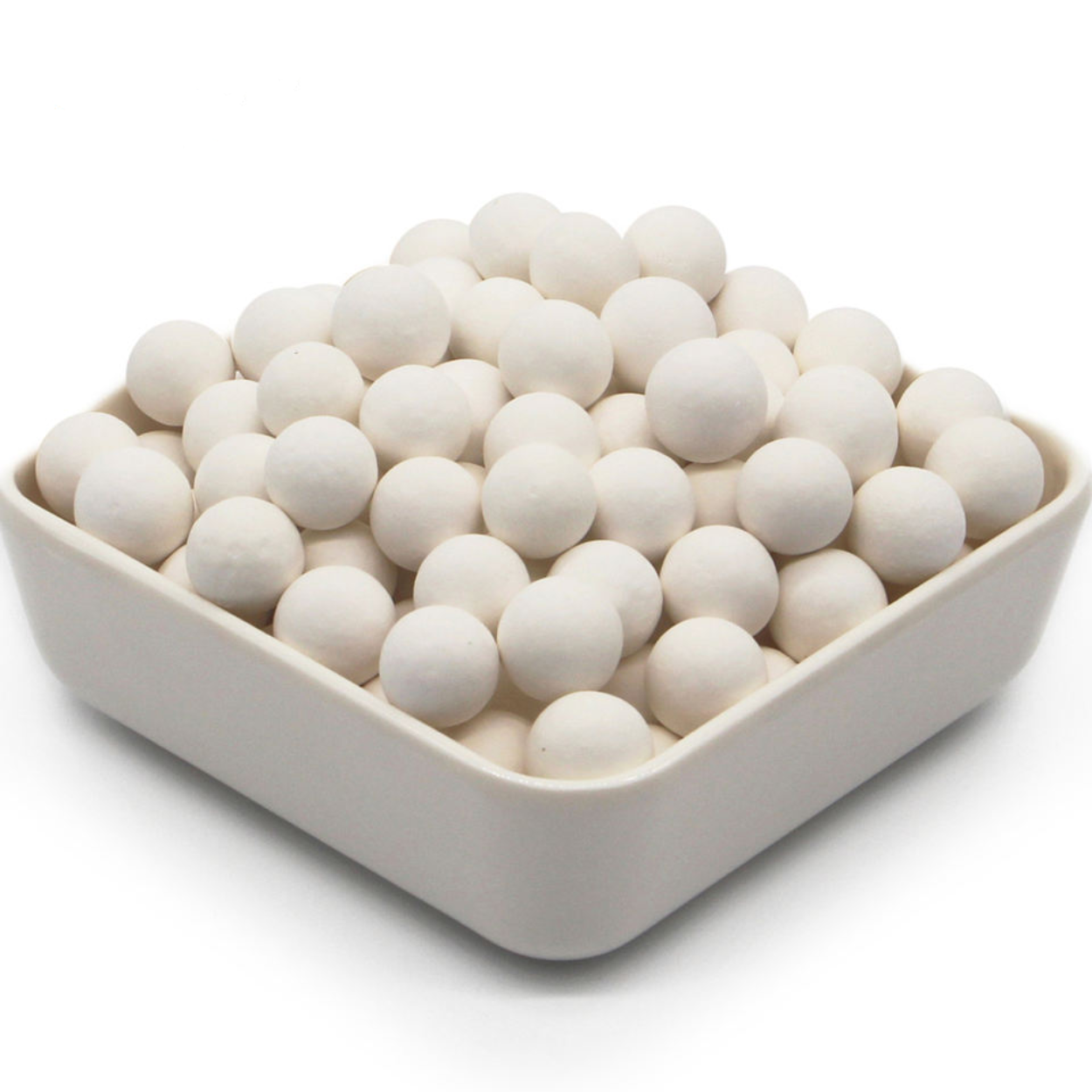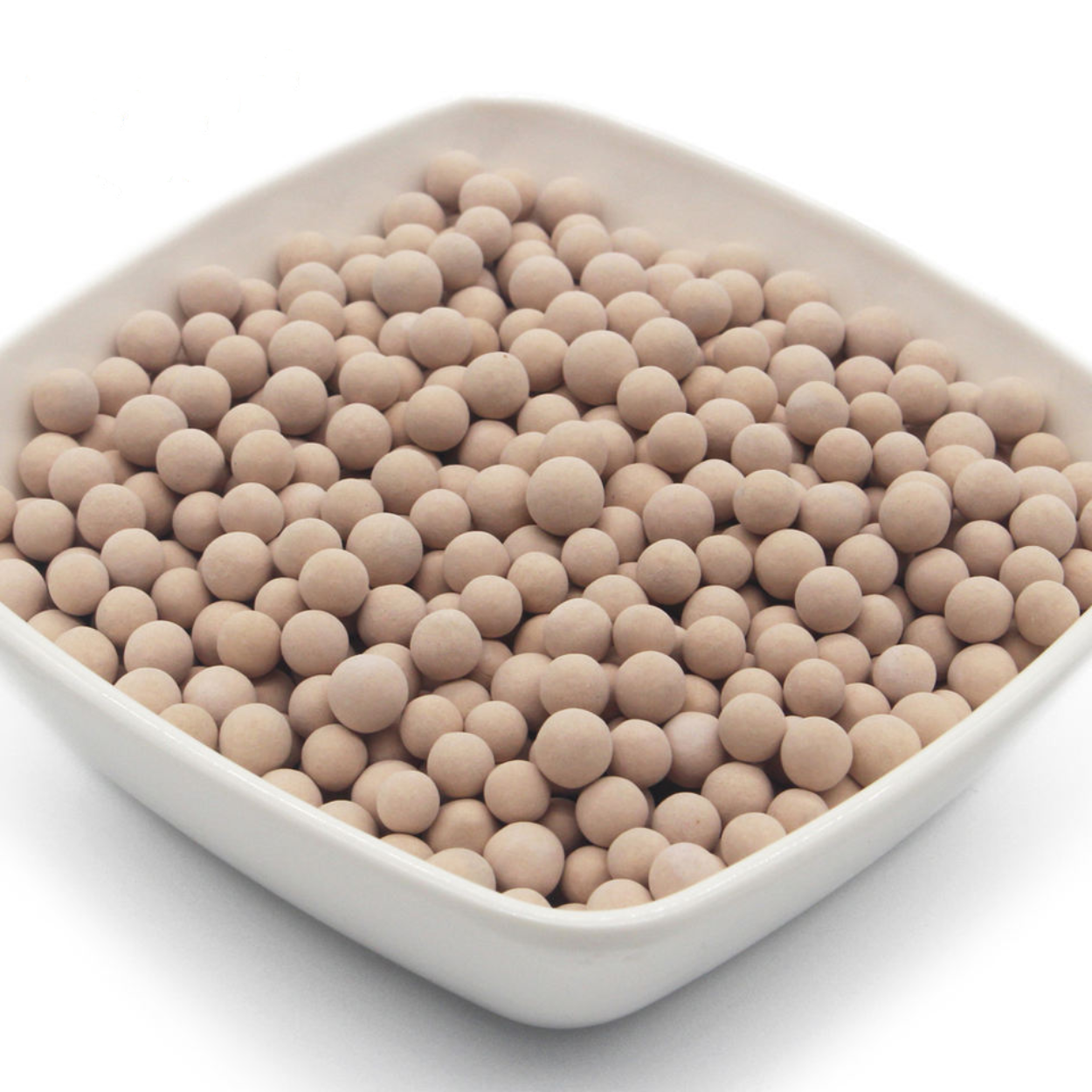
Manufacturer 4A vs 3A Molecular Sieves in LNG Dehydration
LNG dehydration mainly uses 4A molecular sieves for water and hydrocarbon removal, while 3A suits cases needing zero hydrocarbon adsorption.
Polyurethane (PU) is widely used in industries from automotive seals to wind turbine blade coatings due to its superior properties. However, persistent foaming issues during PU production have long plagued manufacturers, compromising product appearance, mechanical strength, and durability. This article explores the root causes of PU foaming and reveals how molecular sieve activated powder offers an ultimate, science-backed solution through its selective adsorption mechanism.
Foaming in PU isn’t a surface defect—it directly degrades physical properties and product quality. Microbubbles reduce strength, toughness, and surface finish, with severe cases leading to entire batch rejections.
The primary culprit is the reaction between residual moisture (0.05%-0.2%) in polyether polyols and isocyanates (MDI/TDI), releasing CO₂ gas:
R-NCO + H₂O → R-NH₂ + CO₂↑
Even 0.1% moisture can produce 22.4L CO₂ per kg of PU. As viscosity rises, the CO₂ gets trapped, forming internal bubbles. Process instabilities, such as local overheating, poor degassing, and volatile additives, exacerbate the problem. Traditional methods (defoamers, vacuum degassing, heating) are costly, inefficient, and fail to address the chemical root cause—moisture reacting with isocyanates.
Foaming significantly lowers tensile strength, elongation, and thermal insulation. For example, a 1% increase in porosity can reduce tensile strength by 5-8%. Surface bubbles ruin coatings, adhesive bonding, and allow moisture ingress, accelerating material aging.
The industry urgently needs a solution that eliminates bubble formation at the source without disrupting PU polymerization. Molecular sieve activated powder, with its precise water adsorption and compatibility with PU systems, emerges as an ideal solution.
Unlike defoamers that treat symptoms, molecular sieves solve the foaming problem at its root by adsorbing moisture at the molecular level:
pH-balanced modified sieves (≤10.5) avoid premature curing, ensuring longer work times for large or complex parts.
Proper use of molecular sieve powder requires precise dosage and process control:
Parameter Recommended Range Beyond Range Effects
Dosage (% weight) 0.5-2% 0.3-3% <0.3% insufficient dehydration; >3% viscosity spikes
Dispersion Speed (rpm) 2500 2000-3000 <2000 poor dispersion; >3000 potential polymer degradation
Activation Temperature 120°C 100-130°C <100°C insufficient activation; >130°C structure damage
Activation Time (hrs) 2 1-3 <1 hour incomplete activation; >3 hours energy waste
Storage Dew Point <-40°C <-30°C >-30°C risks pre-adsorption of moisture
High-adsorption capacity sieves are preferred for wind turbine resins and structural adhesives. For automotive seals, sieves with better dispersibility balance strength and processability. Electronic-grade sieves offer ultra-low metal ion content to prevent corrosion.
Molecular sieve powders are evolving toward multifunctionality—integrating dehydration, catalysis, and reinforcement, as well as “smart” sieves responsive to environmental triggers.
Future developments will focus on composite sieves offering multi-functional performance and precise process control, enabling PU manufacturers to shift from empirical “trial-and-error” to data-driven precision manufacturing.

LNG dehydration mainly uses 4A molecular sieves for water and hydrocarbon removal, while 3A suits cases needing zero hydrocarbon adsorption.

Achieve ultra-deep dehydration of cracked gas with 3A molecular sieves—remove water without ethylene/propylene loss, ensuring catalyst life and product purity.

Home Desiccant Activated Alumina for air compressor drying gas purification wholesale Email WhatsApp Product Inroduction: Desiccant Activated Alumina for air

Home Adsorbent Zeolite 13x Molecular Sieve for Removing Odor From LPG in air Freshener Plant Email WhatsApp Product Inroduction: Adsorbent Zeolite
As a leading molecular sieve manufacturer, we share the latest industry news and insights on adsorbents like molecular sieves, sieve powder, and activated alumina.

3A activated powder adsorbing moisture is ideal for polyurethane floor glue in building chemical.

13X molecular sieve desiccants ensures efficient gas drying, purification, and VOC removal with high adsorption, regenerability, and mechanical strength.

Solve rapid curing issues in polyurethane adhesives with molecular sieve powder—achieve better pot life, bubble control, and product quality.